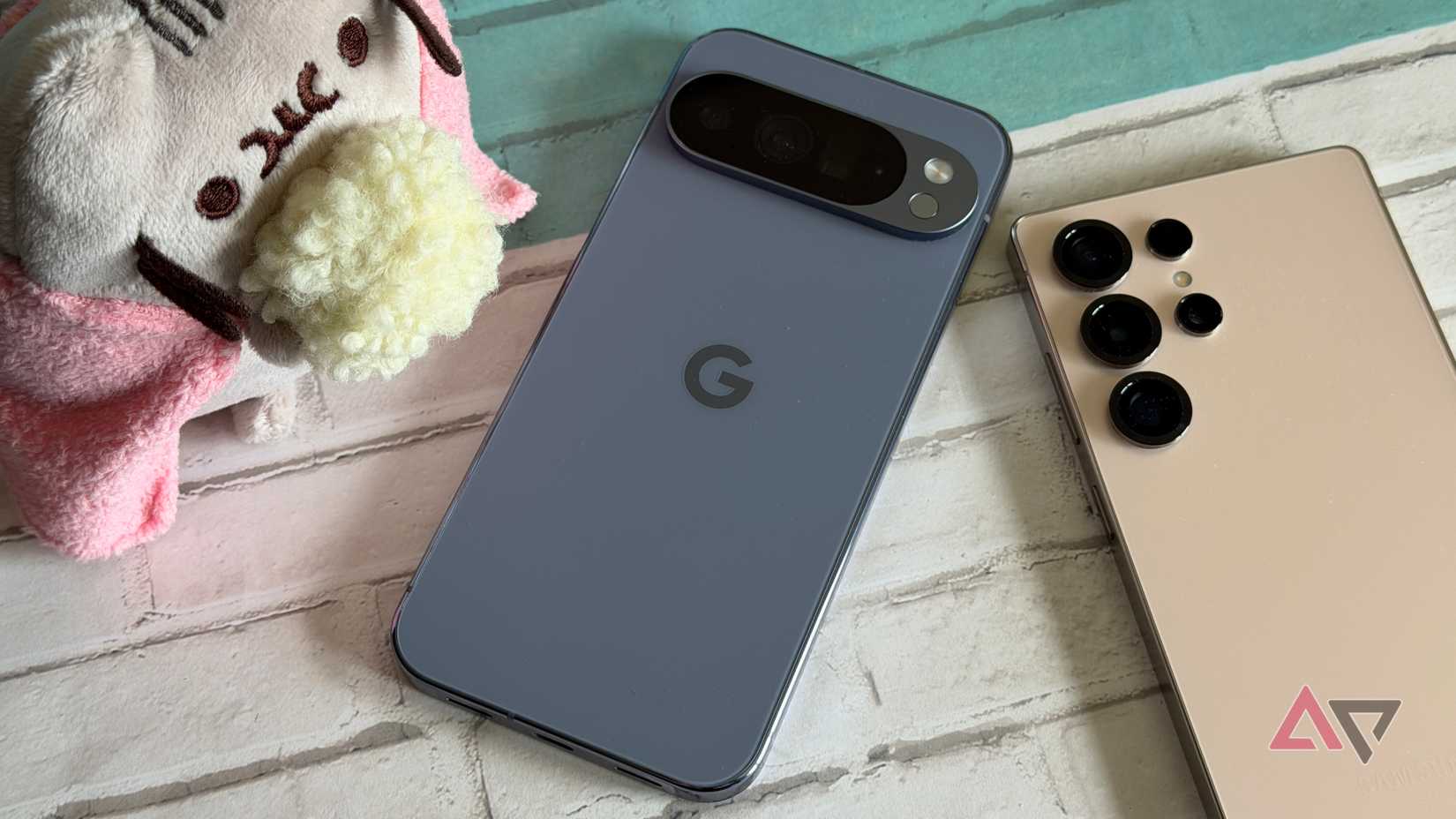Google’s Pixel devices aren’t found at the top of smartphone performance rankings, and that’s fine.
We don’t buy Pixel phones for their powerful hardware; we buy them for the simplicity of the Pixel launcher, clever software tricks, priority on updates, and occasionally for AI features.
Until now, it’s been an arrangement that everyone has been happy with, but an unexpected development suggests that Google might need to refocus its efforts on future smartphones.
Genshin Impact, now largely unplayable on all Pixel 10 phones, may not seem important to you if you don’t play the game, but it highlights a potential pitfall in Google’s hardware strategy.
HoYoverse, the developers behind Genshin Impact, certainly have the resources to support the Tensor G5. If they decide it’s not worth it, what will developers operating on a tighter budget do?
What changed with the Pixel 10’s hardware
The devil’s in the details
Earlier this year, we reported that Google was switching the manufacturing of the Tensor G5 chip from Samsung to TSMC, in the process introducing a fresh set of components that would theoretically improve the power and efficiency of the Pixel 10 and future phones powered by TSMC-manufactured chips.
However, as AP’s Stephen Radochia rightly predicted in March, this upgrade wouldn’t radically change the Pixel 10 for the better.
In his Pixel 10 review, he noted that the Pixel 10’s performance was exactly what he expected, pointing out that Genshin Impact ran perfectly at medium settings.
Amongst all the upgrades of the Tensor G5 chip was a PowerVR GPU.
Previously, Google had used Mali GPUs in its Tensor chips, and the upgrade flew beneath our radar, as it didn’t matter much in terms of raw performance.
We dived into the numbers of the Tensor G5 near the Pixel 10’s release, but most of this didn’t matter as those upgrading from the Pixel 9 to the Pixel 10 would notice no real change in performance during everyday use.
Sure enough, for the month after the Pixel 10’s release, everything seemed fine.
But on August 6, Hoyoverse announced that future updates would raise the minimum support for Genshin Impact in future updates, notably removing support for PowerVR GPUs, stating in a blog post :
“Devices below the minimum specifications may still launch the game, but may experience performance issues, including frame rate drops, instability, or crashes during gameplay.”
Sure enough, when the update went live earlier this week, Pixel 10 users noticed that Genshin Impact was completely unplayable.
Users encountered stuttering animations, laggy gameplay, frame drops, and broken UI elements.
If you have a Pixel 10, you can’t play one of the biggest cross-platform games around.
What does a PowerVR GPU mean for the future of Pixel devices?
For now, don’t bother installing Genshin Impact
On the surface, the lack of Genshin Impact support may not seem relevant to most users.
Most Android users don’t play the game, and the Play Store would likely be better off without Genshin Impact’s predatory gacha features and imitative mechanics that distract from far better Android games.
However, while HoYoverse is the first developer to explicitly state it won’t support PowerVR GPUs, I doubt it will be the last.
The Pixel 10 is an anomaly amongst devices that use PowerVR GPUs. While flagship iOS devices previously used PowerVR GPUs, this partnership ended in 2015.
Now, we only see PowerVR GPUs in niche budget Android devices, like the Xiaomi Poco C61.
If you piled up every phone that used a PowerVR GPU in front of you and randomly picked one up, you would likely not be able to run Genshin Impact even if HoYoverse hadn’t pulled support due to their poor performance.
The PowerVR GPU is a niche component that has been overtaken by faster and more capable GPUs from Adreno or Mali.
If the Pixel 10 did not include a PowerVR GPU, then it’s likely nobody would have noticed the loss of support by Genshin Impact.
Google’s introduction of a component that is no longer widely used by devices has dangerous implications for the brand.
It’s unlikely that developers will make exceptions for Pixel devices
Developing and maintaining games is an expensive process; developers can’t support all mobile hardware at once.
However, this Pixel 10 fiasco isn’t because HoYoverse decided that Pixel phones weren’t worth supporting. HoYoverse announced new minimum specs for Genshin Impact before we saw detailed specs of the Tensor G5.
It’s a perfectly rational decision from the company; why continue to support a GPU that, at the time, was only used by devices that couldn’t run the game?
While Google’s plans to introduce a PowerVR GPU must have been put in motion before HoYoverse made its announcement, I doubt this would have changed anything.
Google is doubling down on its plan to sacrifice performance to highlight the Pixel’s AI and software experience; a single Android game changing its hardware requirements isn’t enough to change this goal.
However, as PowerVR GPUs continue to fade into obscurity, how much longer will developers make exceptions for Pixel devices?
Remember that Google doesn’t crack the top five companies for smartphones shipped worldwide; it sells a fraction of the devices sold by Samsung, Apple, and Xiaomi.
Google needs to move away from PowerVR GPUs in the future, otherwise it may lose support for other, more popular, Android games, which will certainly impact sales.
Google Pixel 10
- SoC
-
Google Tensor G5
- RAM
-
12GB
- Storage
-
128GB / 256GB
- Battery
-
4970mAh
This striking-looking addition to the Pixel line offers a slew of Gemini features, an 5x telephoto lens, and seven years of updates, making this a smartphone that will last you a while.


